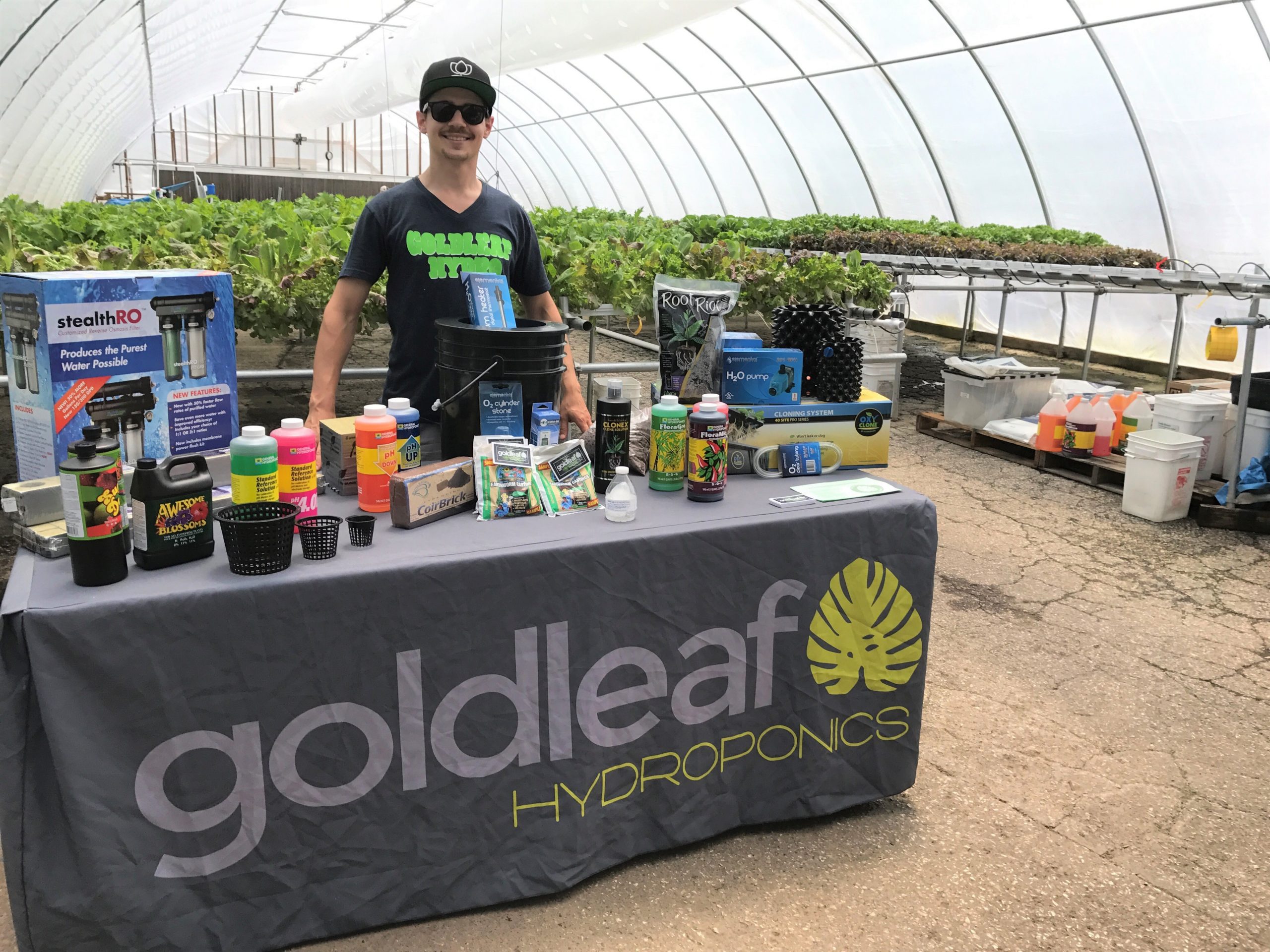Here at Goldleaf Hydro, we regularly get a ton of phone calls and emails from growers just looking for a real person to talk to with some firsthand knowledge who is willing to take the time to share that information. We often remark how our responses to typical customer emails could easily serve as blog posts, so we thought, “What the heck?” and did just that. This post is a real conversation between Goldleaf co-founder Kyle Billman and one of our customers. Hopefully you’ll also benefit from the answers given, and if you have your own curiosities about plants or any form of growing, feel free to email info@goldleafhydro.com for your own individualized response. We’d love to show you how much we love providing personal customer service and even make some product recommendations to suit your needs. Maybe you have questions like this customer:
—–Original Message—–
From: [First-name]
Sent: Friday, May 15, 2020 2:04 PM
To: Goldleaf Hydro Customer Service <info@goldleafhydro.com>
Subject: goldleaf “”
From: Thomas <email address removed>
Subject:
Message Body:
Hi,
The below is copied from an article in the Carnivorous PLant Newsletter, on growing Venus fly traps. I’m wondering what I would purchase to match the specs.
“The plants need at least 15,000 Lux of white LED light for about 14 hours a day. The plants will grow even better with 25,000 Lux. This much light requires 20 to 30 W of white LEDs per 30 cm diameter of growing area. In the house I only use 3000K, 90+ color rendering index LEDs because of the enhanced deep red to better match the chlorophyll absorption spectrum. To me the plants look best under these lights as well. This is a lot of light. The plants need that much light to grow well. It is hard to get that much light from fluorescent lights without having heat issues. In the garage I use a mix of white LEDs and purple LED plant lights. You need the white light because you cannot see the purple light very well in spite of the fact it is very intense. Because of different designs of purple plant lights, the ratio of blue, red, and white light, and the difficulty measuring the 180Carnivorous Plant Newsletteramount of light, I do not know what to recommend. Also, you have to be careful of manufacturers advertising “watt-equivalents” instead of actual watts”
Here’s our actual email response, now in convenient blog form:
Hello Thomas,
Thanks for writing. I have kept succulents and carnivorous plants for many years under grow lights. I have personally observed that these plants benefit from the red end of the spectrum as your other source suggested. I have also noticed they really seem to like the purple LEDs more than other leafy plants (I’ve basically moved away from purple LEDs otherwise).
What footprint/grow area are you looking to illuminate? While it is true that fluorescents convert a little more energy into heat, they are still a wonderful economic way to start with grow lights. Our HO (high output) T5 fluorescent fixtures come with “grow tubes” (blue spectrum for vegetative growth), but you can easily swap these for “bloom tubes” (red spectrum for flowering growth or in this case succulents and carnivorous plants). Two foot tubes are about $7.75 each, and four foot tubes are $12.95 each. The fixtures range from $30-300, but you’ll probably need something in the $100-200 range if you want to grow a 2’x2′ to 2’x’4′ footprint with good intensity. Our T5 fixtures also accept LED upgrade tubes which we sell for $25-30 each. I use these over some of my most prized specimen as a matter of fact.
Our T5 fluorescent fixtures: https://www.goldleafhydroponics.com/brand/sun-blaze-solar-flare/
Our T5 LED replacement tubes: https://www.goldleafhydroponics.com/brand/isunlight/
Our Hortilux PowerVEG T5 upgrade tubes: https://www.goldleafhydroponics.com/product-category/complete-grow-room-kit/t5-bulb-kits/
Our go-to purple LEDs: https://www.goldleafhydroponics.com/brand/viparspectra/
This would be the most solid LED option: https://www.goldleafhydroponics.com/shop/nextlight-veg8-led-grow-light/
I can assure you that you’ll have phenomenal growth under any of the above options. I have been growing indoors under lights for about 15 years and have never worried about lumens per square inch or anything like that. It is definitely helpful for reference or comparison, but there are so many ways to quantify light for plants (PAR, CRI, McCree Curve, photon flux, lumens, lux, etc.), sometimes it confuses things more than it helps.
Fluorescent lights need about 4-8 tubes for serious production (1-tube and 2-tube fixtures are for low light requirements). Fluorescent lights only cover an area as big as the footprint of the fixture and only penetrate about 12″ for a dense canopy or several feet for looser growth. LEDs can be placed further from the canopy and proper fixtures can cover quite large areas. Then you’ve got 400W, 600W, and 1000W HID lamps (high pressure sodium, metal halide) that cover 3’x3′, 4’x4′, and 5’x5′ areas respectively. Those are the biggest baddest lights for serious indoor growing and heavy yields.
I hope that helps! Feel free to circle back with more questions.
Thanks and have a great day,
Kyle Billman
Owner, Founder
Goldleaf Hydroponics, LLC
812-500-0423
6520 South Empire Road
Bloomington, IN 47401
goldleafhydro.com

